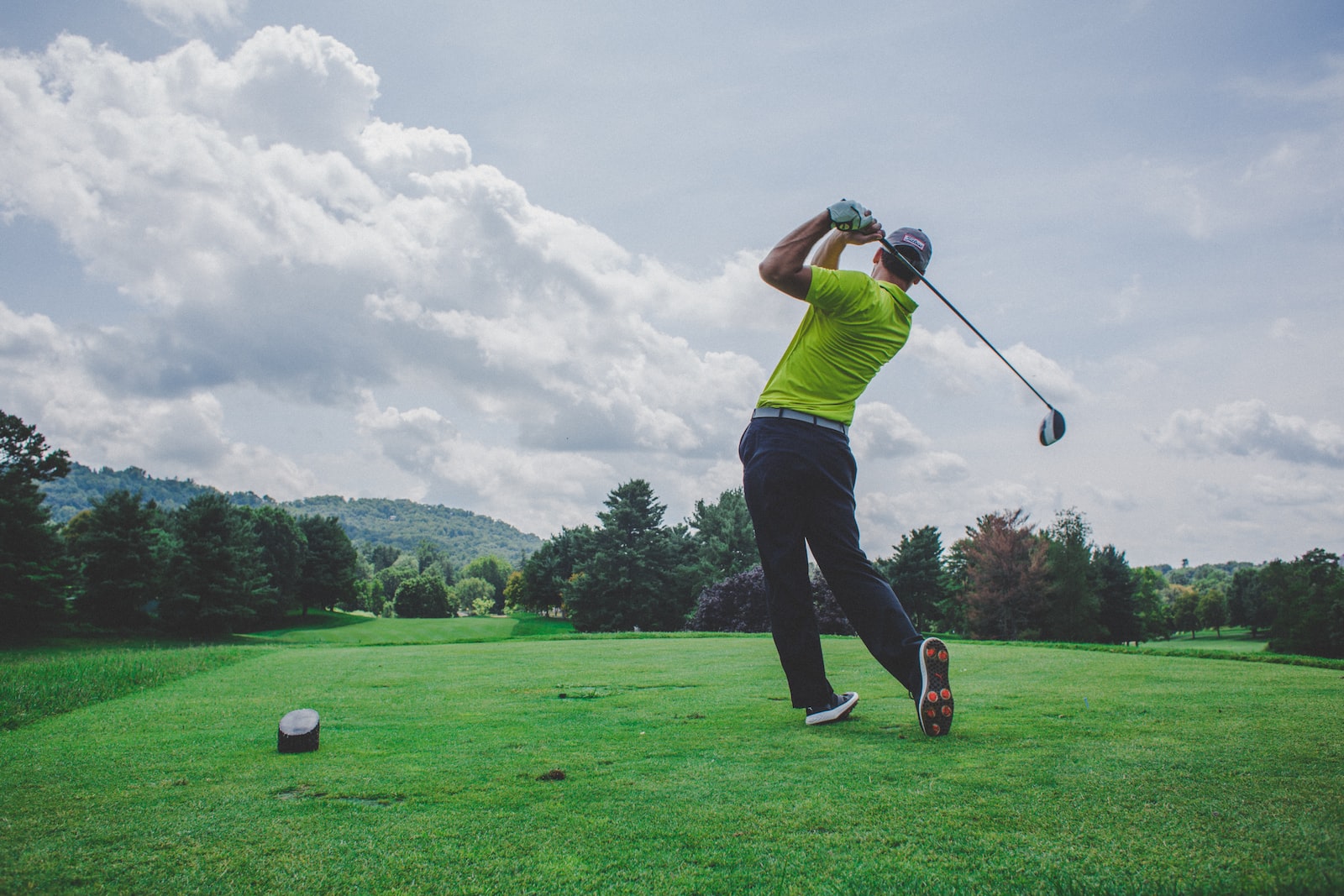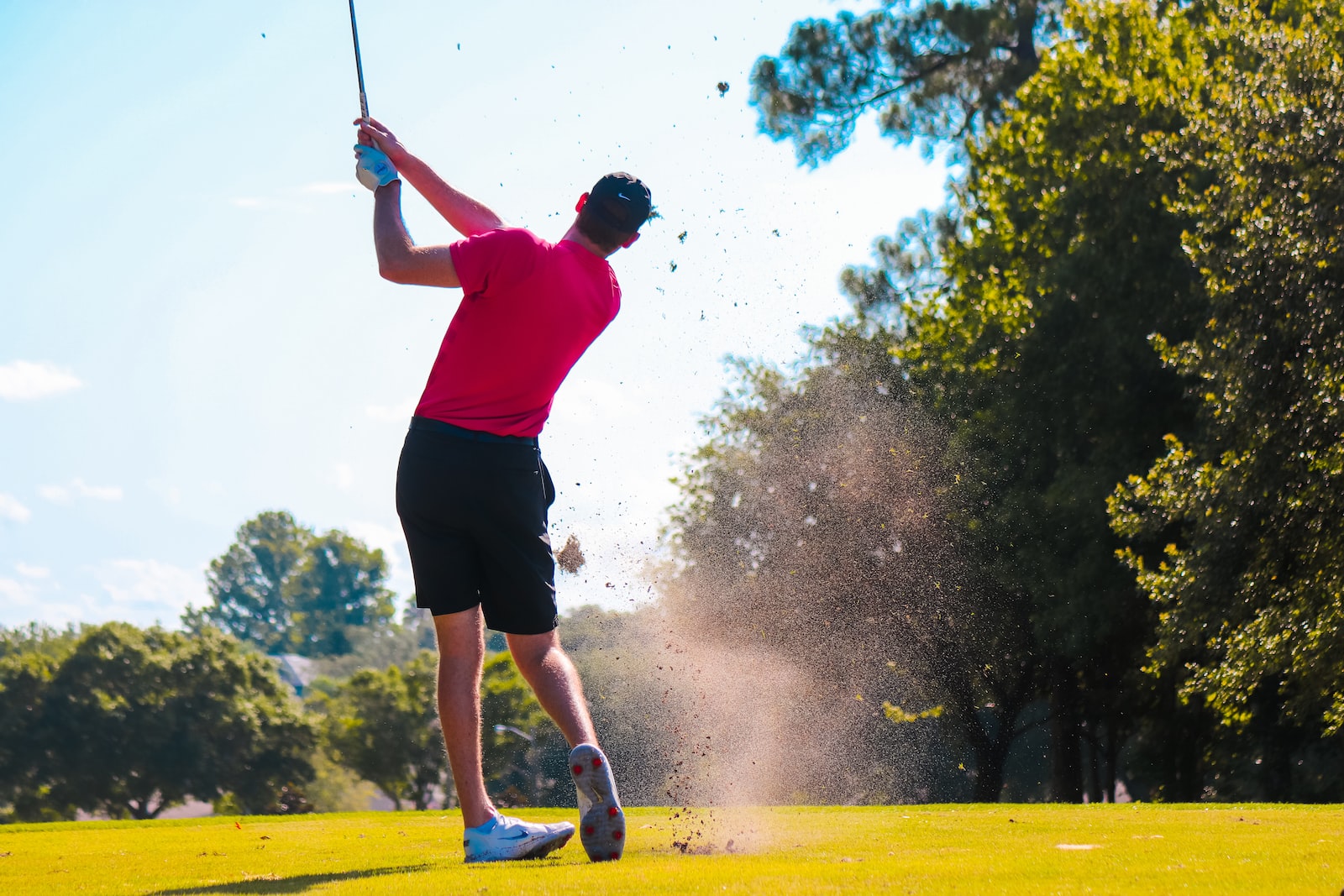It doesn’t matter if you’re a high-performance athlete or not, back pain can really knock you out of your stride.
Firstly, you should seek appropriate medical advice by seeing a Health Professional e.g. Physiotherapist or GP. Here are a few tips, which I have found to be effective within our practice, that I am going to share with you today. I have found the advice and exercises below work well with my patients who suffer from golf-related lower back pain.
Appropriate pain relief is often advised and should be prescribed by your GP.
Following on from my last blog post, if you feel some of those issues discussed are related to you then appropriate stretches to the stiff or tight areas are advised. A couple of stretches that may benefit you are explained below and should be completed 3 times a day for 30 seconds:
Latissimus Dorsi (back) stretch:
Kneeling on a soft floor, use a chair or Swiss ball to stretch out your lats, ensure your elbows are straight and thumbs facing the ceiling, gently sink your body into the stretch and hold.
Glute (buttock) stretch:
Lay on your back with knees bent. Place one foot on the opposite knee to create a figure of 4 shape, use a wall to push against, so you feel a stretch in the left glute (as seen in the picture below), then repeat on the right leg.
Activation exercises for the lower back are advised to help manage your lower back pain in the short term. When an area of the body becomes painful (in this case the lower back), certain muscles (local stability muscles) become less effective. These muscles control the lower back on a segmental level; the local stability muscles are your ‘deep core muscles’, which should be working 24/7 to control the lower back.
The lower back local stability muscles consist of your transverse abdominals, multifidus and psoas major. Therefore activation exercises to work on these muscles are advised. Below is an example of an exercise to activate and strengthen your Transverse Abdominis muscle, which will help to stabilise the lower back, preventing it from moving excessively and causing pain as previously discussed in my last blog.
Transverse Abdominis activation exercise:
Lay on your back with knees bent and place your fingers an inch inside the bony points at the front of your pelvis. To feel the Transverse Abdominis (TrA) muscles activated to 100% contraction, cough and you will feel the muscles bulge underneath your fingers. Now by drawing your belly button into your spine and tightening your lower abdomen, turn the TrA muscle onto 50% contraction and hold for 10 seconds. Repeat this 10 times daily.
Appropriate rest is advised until the area of pain has settled down, and once the pain has gone completely you are then advised to return to golf gradually, steadily building up the number of times you play or the amount of time you spend hitting the ball on the range.
If the above does not help ease your pain, then a physiotherapy assessment to diagnose the problem correctly and appropriately treat the cause is advised.



